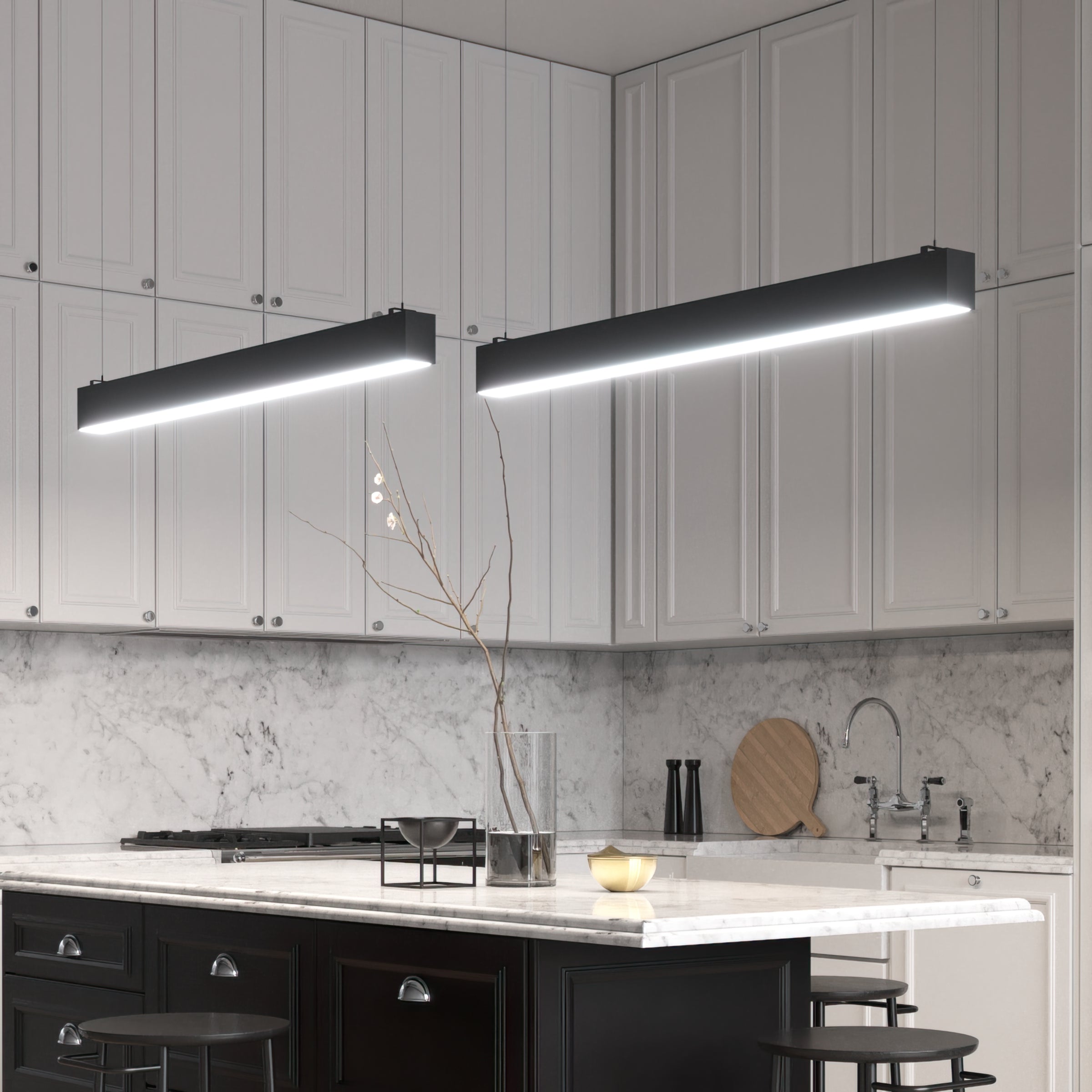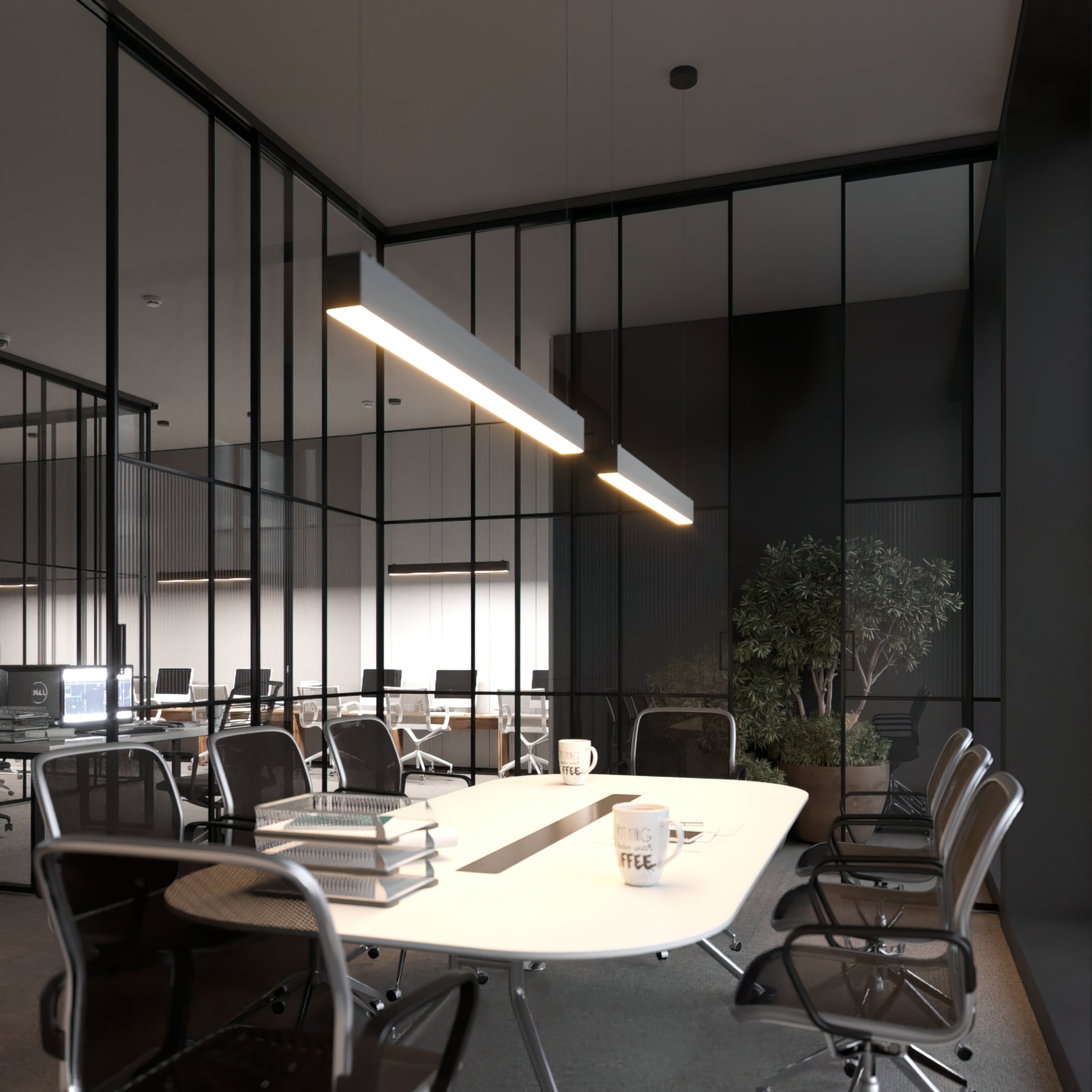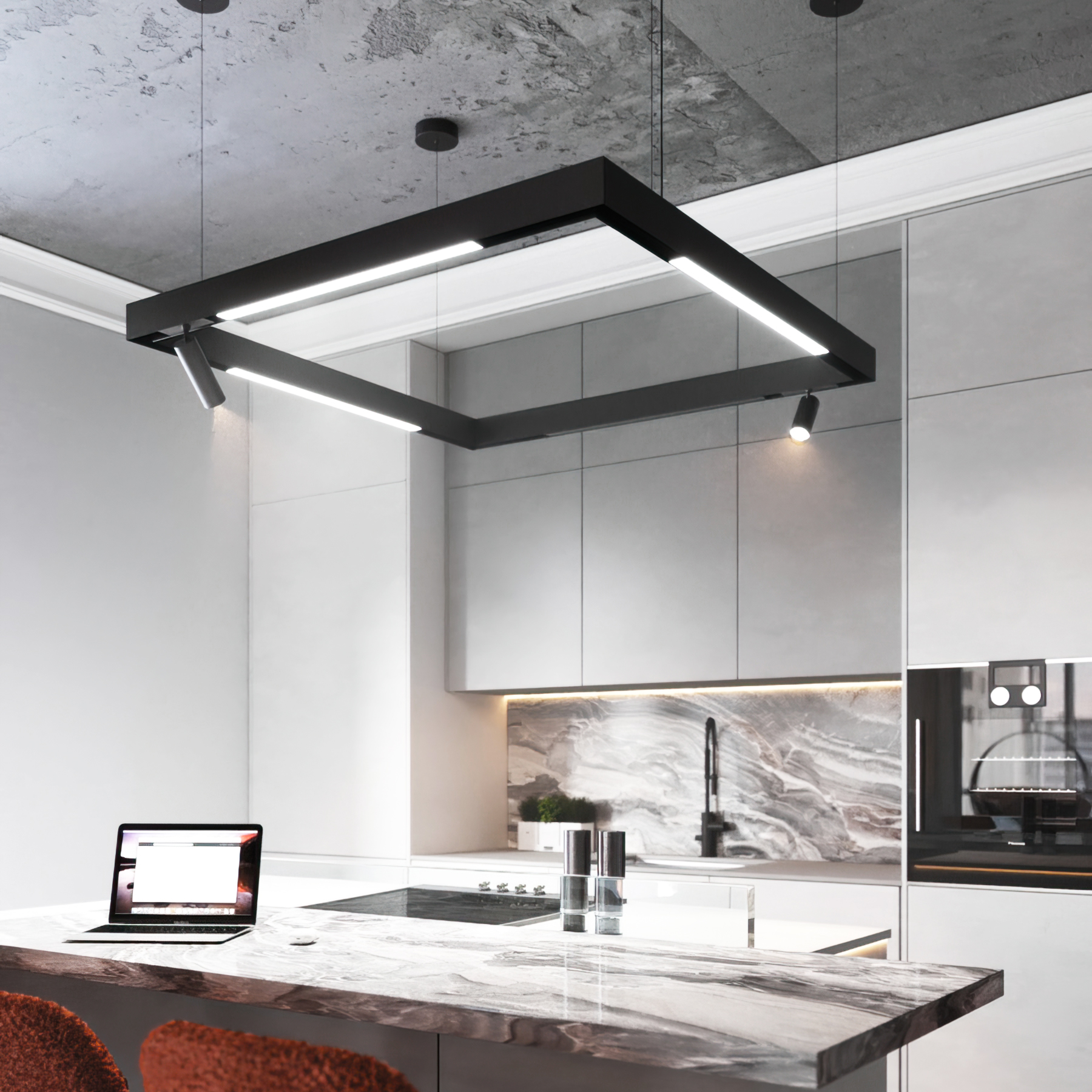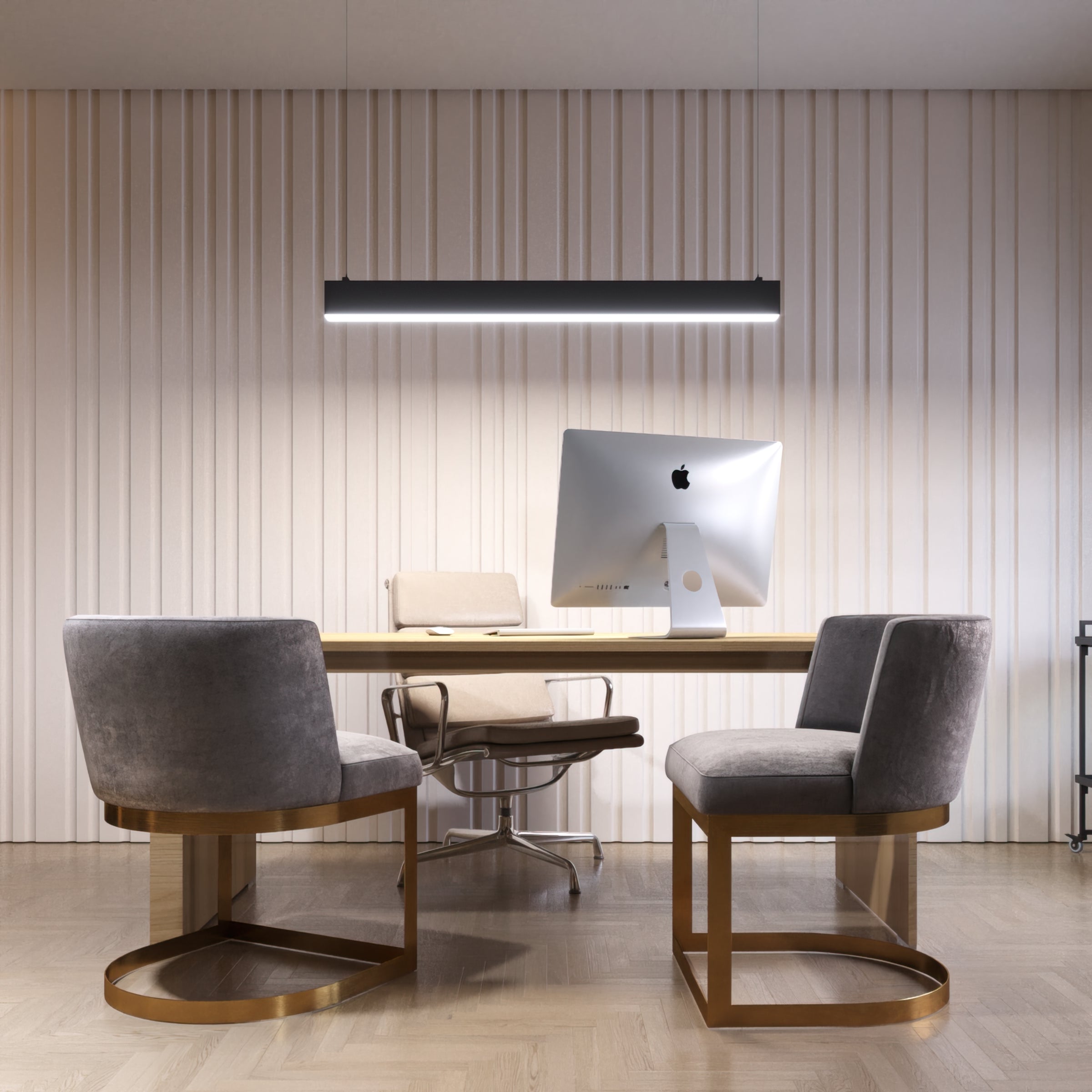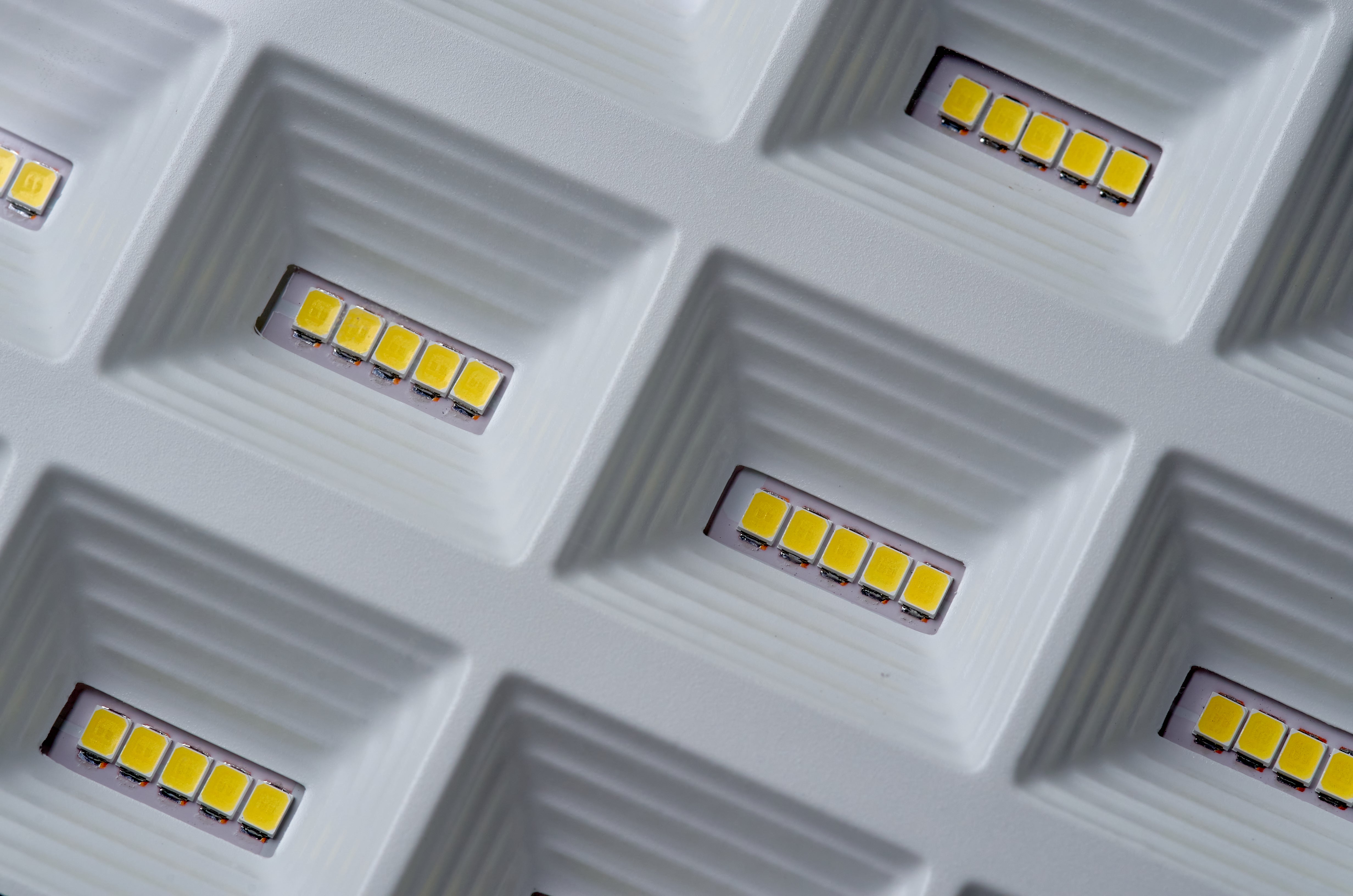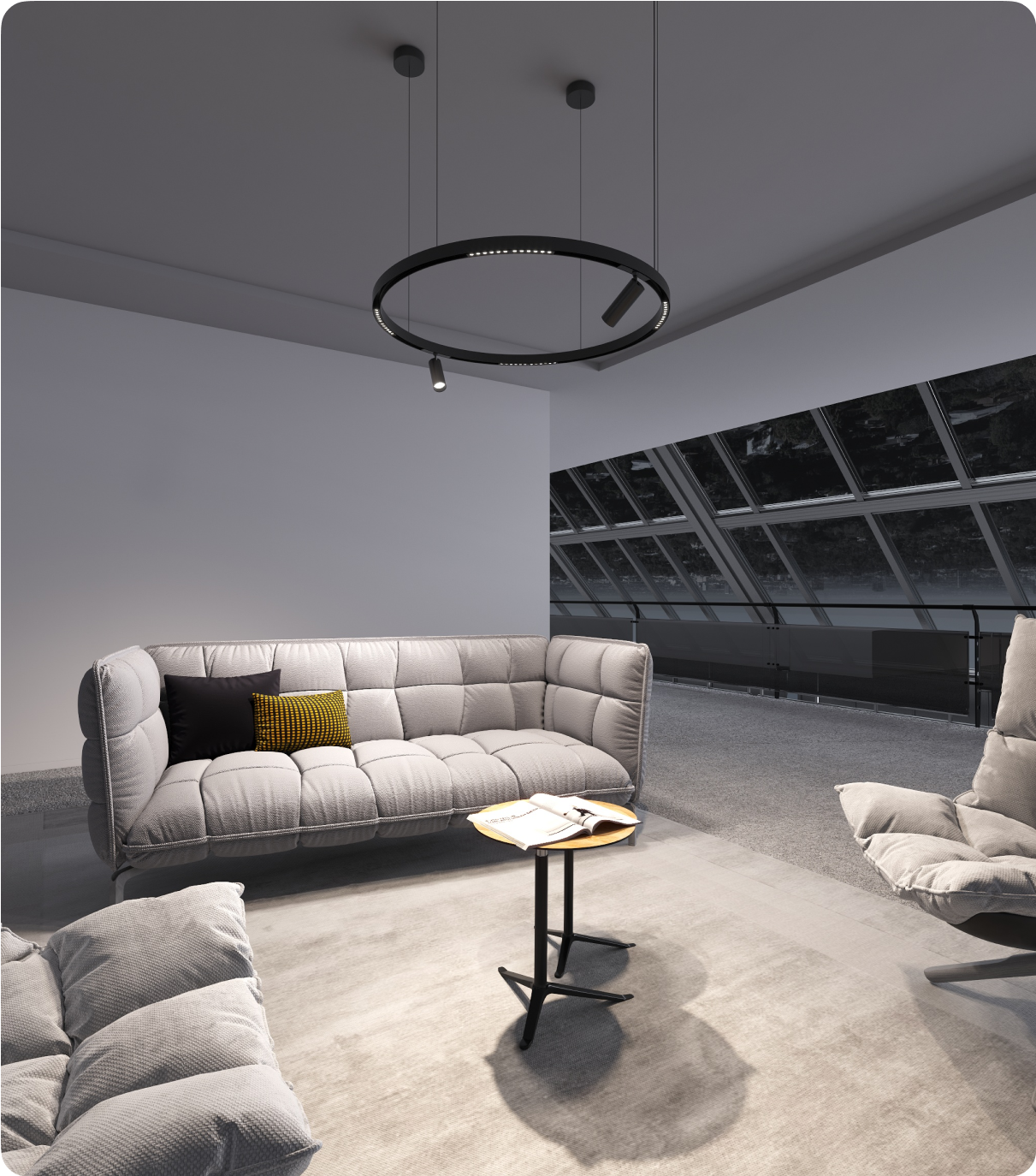In recent years, LED lighting has revolutionized how we illuminate homes and commercial spaces, gaining widespread popularity. The light quality is excellent, and its ability to reduce electricity costs and environmental impact is remarkable. Due to their impressive lifespan and minimal energy consumption, LED bulbs are a smart investment for cost-conscious consumers.
But how much do LED lights save per month? Understanding the real financial benefits of LED adoption could be the key to making an informed decision, whether you're a homeowner looking to cut monthly bills or a business owner looking to reduce operational costs.

Energy Consumption of Different Types of Lights
Understanding the energy consumption differences between various lighting technologies is crucial for making informed decisions about your lighting choices. Each bulb type converts electricity into light differently, resulting in varying efficiency and operating costs.
| Light Type | Wattage Range | Equivalent to 60W Incandescent |
| LED | 4-22W | 8-12W |
| CFL | 9-52W | 13-15W |
| Incandescent | 40-150W | 60W |
LEDs are the most energy-efficient option, using up to 90% less energy than traditional incandescent bulbs. They achieve this by converting up to 90% of their energy directly into light rather than heat. A typical LED bulb uses only 8-12 watts to produce the same amount of light as a 60-watt incandescent bulb.
Compact Fluorescent Lights (CFLs) fall between LEDs and incandescent bulbs in terms of efficiency. While they use about 75% less energy than incandescent bulbs, they're still less efficient than LEDs. A CFL typically requires 13-15 watts to match a 60-watt incandescent bulb's output.
The inefficiency of incandescent bulbs explains their high wattage requirements and correspondingly higher electricity bills, as they convert only about 5% of their energy into light.
Lifespan and Additional Benefits of LEDs
LED lighting has an exceptional lifespan, which is one of its most compelling advantages. Compared to traditional incandescent bulbs (1000-2,000 hours) and CFLs (8,000-10,000 hours), LED bulbs have a lifespan of up to 50,000 hours. Based on this, an LED bulb used 8 hours a day could last up to 17 years.
This extended lifespan translates into substantial cost savings beyond mere energy efficiency. While the initial purchase price of LED bulbs may be higher, the reduced frequency of replacements results in significant long-term savings. Consider that you might need to replace an incandescent bulb 25 times before a single LED bulb reaches the end of its life.
Beyond longevity, LEDs offer numerous additional benefits, including:
-
Instant illumination with no warm-up period
-
Resistance to voltage fluctuations and power surges
-
No mercury content, making disposal safer and more environmentally friendly
-
Minimal UV emissions, reducing the risk of material degradation in illuminated areas
-
Excellent performance in cold temperatures, making them ideal for outdoor applications
These advantages and their energy efficiency and long lifespan make LEDs the most cost-effective and environmentally responsible lighting choice available today.

Factors That Affect Your Savings
While LED lighting consistently offers energy savings, the amount you can save depends on several key factors. Understanding these variables can help you estimate your potential cost reductions more accurately and better plan your transition to LED lighting.
The Number of Lights in a Home
Your home's total number of light fixtures is a primary determinant of your potential savings. Larger homes typically have more light fixtures, which means more opportunities for energy savings. Each traditional bulb replaced with an LED alternative contributes to the cumulative reduction in energy consumption. For instance, replacing 50 bulbs versus 20 bulbs will result in significantly different annual savings, even if all other factors remain constant.
Average Daily Usage of Lights
The duration of daily light usage dramatically impacts your potential savings. Rooms with longer operating hours, such as living rooms or kitchens, will generate more substantial savings when switched to LED compared to rarely-used spaces like guest rooms or storage areas. For example, a light used for 8 hours daily will save more energy than one used for just 2 hours, making high-use areas prime candidates for LED upgrades.
Local Electricity Rates
Electricity rates vary significantly by region, state, and even time of day, directly affecting your potential savings. Areas with higher electricity rates will see greater dollar savings from LED conversion compared to regions with lower rates. For instance, if your local rate is $0.20 per kWh versus $0.10 per kWh, your savings will be doubled for the same reduction in energy consumption. It's essential to check your local utility rates when calculating potential savings from LED adoption.
Additional Tips to Lower Lighting Costs
There are several practical approaches to maximize your lighting efficiency and minimize expenses besides switching to LED lighting. Here are some practical approaches to minimize expenses and maximize performance:
Use Dimmers or Motion Sensors
Installing dimmer switches or motion sensors can significantly reduce energy consumption. Dimmers create ambiance and extend the life of LED bulbs by operating them at lower power levels. Modern LED-compatible dimmers can reduce energy usage by up to 20% when lights are dimmed by 50%. Motion sensors ensure lights are only active when needed, which is particularly useful in areas like garages, basements, or outdoor spaces.
Maximize Natural Light
Consider the following practical steps to reduce your reliance on artificial lighting by making the most of daylight:
-
Maximize natural light penetration by keeping windows clean and unobstructed
-
Use natural light to position furniture
-
During daylight hours, use window treatments that are light-colored and easy to open
-
In darker areas of your home, consider installing skylights or solar tubes
Turn Off Lights in Unoccupied Rooms
This simple habit can lead to significant energy savings over time. To ensure lights are turned off in unoccupied rooms, consider making it a household practice by:
-
Creating a routine of checking and turning off lights when leaving rooms
-
Placing reminder stickers near light switches in commonly forgotten areas
-
Teaching children about energy conservation through this simple daily action
-
Using smart home automation to schedule light shutoffs or detect vacant rooms
Adopt a Holistic Approach
The most effective strategy combines multiple approaches to energy-efficient lighting. Consider implementing these comprehensive measures:
-
Gradually replace all traditional bulbs with LEDs, starting with the most frequently used fixtures
-
Install smart lighting controls in high-traffic areas
-
Regular maintenance and cleaning of light fixtures to maintain optimal performance
-
Monitor and track energy usage to identify additional opportunities for savings
💡 Remember: While some of these solutions may require an initial investment, the combination of these strategies with LED lighting can reduce your lighting costs by up to 90% compared to traditional lighting systems.
